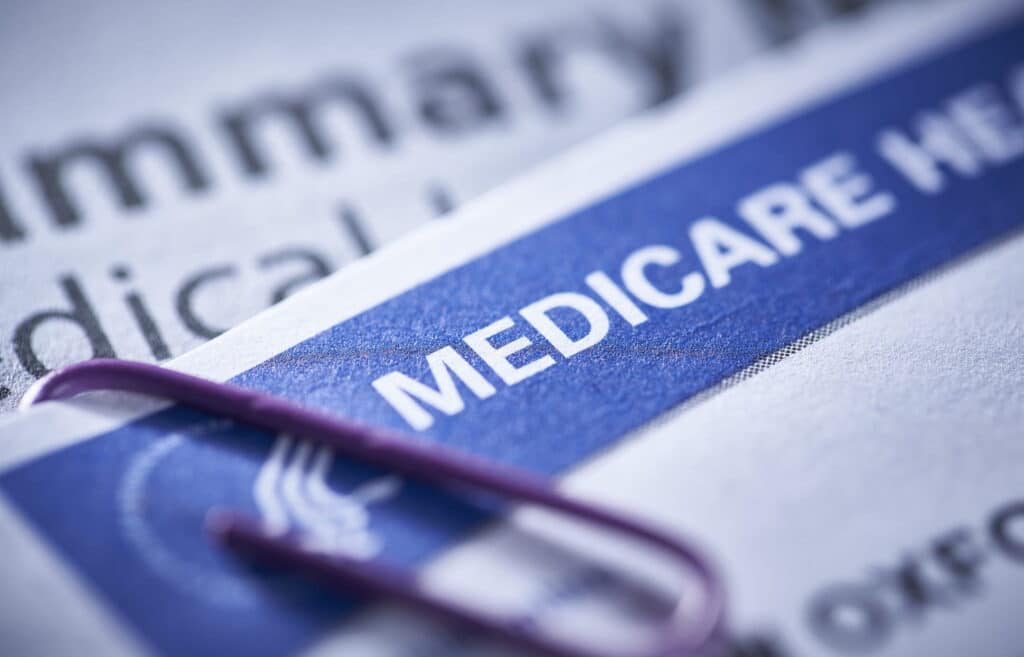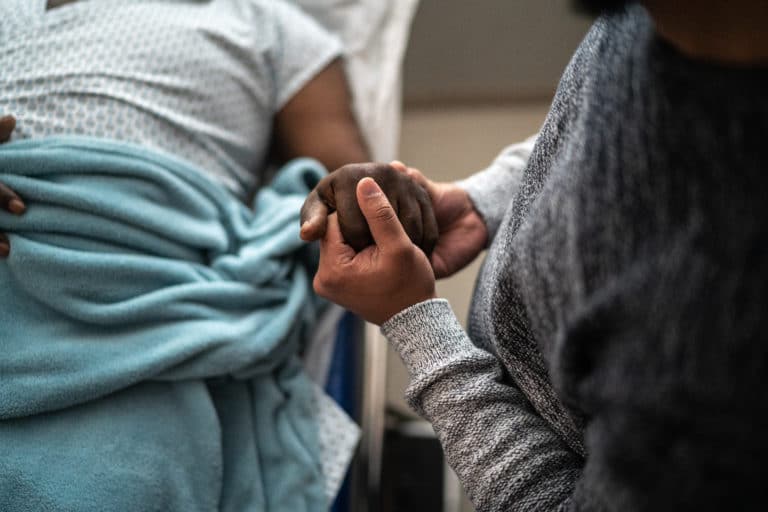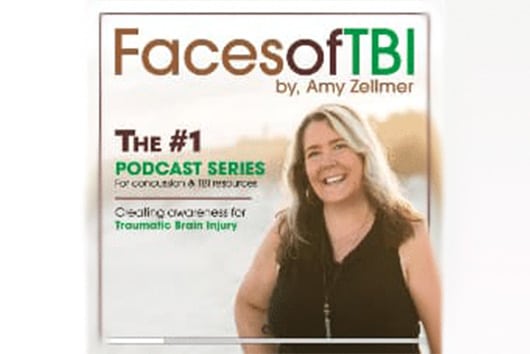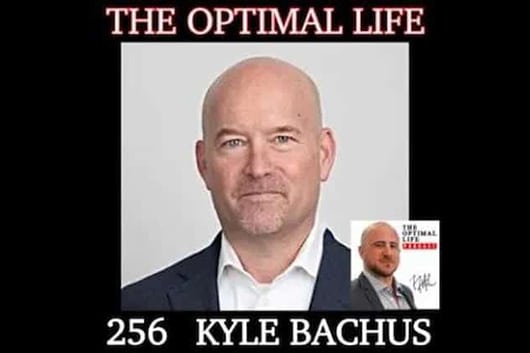Dealing with the Financial Aspect of a Catastrophic Injury

Catastrophic injuries are severe life-altering injuries. People with these injuries typically need long-term medical care. Their injuries can affect their quality of life and ability to perform routine tasks. Consequently, many people with catastrophic injuries struggle with financial issues stemming from their condition.
In addition to incurring medical expenses, those with a catastrophic injury may be unable to work. Individuals can use insurance benefits and other programs, such as those discussed in Kyle Bachus’s book, “Unthinkable,” to cover costs and manage the financial implications of their injuries. Let’s look at options you can use to cover expenses after a catastrophic injury.
Auto Insurance Medical Payments Insurance
Insurers in your state may offer medical payments insurance (MedPay) or personal injury protection (PIP). Some states require drivers to have this type of coverage, which can significantly impact your financial situation after a catastrophic injury. In no-fault states, drivers must supply this insurance to medical providers. In other states, drivers can use their MedPay or PIP coverage to pay out-of-pocket costs, such as deductibles. PIP also covers income loss, alleviating some financial strain from suffering a catastrophic injury.
Health Insurance
Private health insurance covers the bulk of your medical expenses. Most insurees must pay a copay, a fixed rate due for various medical services, or meet their policy’s deductible threshold. Negotiating with your hospital and medical providers to pay for your out-of-pocket costs is possible. Even if you weren’t responsible for the accident causing your injury, expect to pay these bills out of pocket and use your insurance. At the same time, you can negotiate settlements or pursue legal action against the at-fault party.
Medicare, Medicaid, Retroactive Medicaid, and Extra Help

Medicare is government-run insurance for individuals 65 and older. Medicaid is government health insurance covering disabled persons and people with low incomes. Most people are aware of Medicare and Medicaid but may not be familiar with Retroactive Medicaid. With most insurance policies, coverage begins after the person applies for a policy. Retroactive Medicaid provides coverage for up to three months before the application. Consequently, individuals without health insurance can apply for Retroactive Medicaid after an accident and receive coverage for costs stemming from their injuries. To qualify, applicants must meet the income eligibility requirements for Medicaid. Extra Help is a supplement assistance program run through Medicaid that covers prescription medication costs.
Disability Insurance
There are several types of disability insurance available after a catastrophic injury. Employees may have short-term or long-term disability insurance provided through their employer. Some individuals also opt to take out disability insurance for peace of mind. Short- and long-term disability insurance covers loss of income due to injury. While it won’t cover your total income, it covers up to two-thirds of your regular salary. Long-term disability insurance policies vary, and whether you qualify depends on the nature of your injuries and your insurance policy’s terms. Short-term disability insurance covers loss of income for up to three months after your injury.
Social Security
Social Security Disability Insurance (SSDI) benefits individuals with permanent disabilities and individuals needing long-term medical care. You may qualify for SSDI if your prognosis involves at least one year of treatment before returning to work, even if you’re expected to recover fully. Supplemental Security Income (SSI) is a government-funded benefit program covering basic expenses.
Nonprofit Assistance
Several nonprofit agencies offer financial assistance to those with insufficient insurance policies or financial needs. You can apply to the HealthWell Foundation for assistance with medical costs, such as copays and prescription medication, and costs relating to your care, such as travel expenses. The Patient Advocate Foundation also covers out-of-pocket costs for qualifying applicants.
Legal Recourse

You may have grounds to pursue a settlement or lawsuit against the person responsible for your injuries. It can take months to years to receive funds, but you may receive coverage for medical bills, loss of income, and property damage. Some states allow judgments compensating for the impact on your quality of life. Personal injury attorneys taking cases on a contingency fee don’t receive payment until the case is resolved. Since you may not need funds to hire an attorney who can pursue a financial claim, consulting an experienced injury attorney about your case is a good idea. Catastrophic injuries involve medical costs and may involve secondary costs such as loss of income and travel expenses for treatment. Familiarizing yourself with your financial options ensures you can receive all available financial aid to cover your medical and personal expenses.
Sources
Depersio, G. (2022). Copay vs. Deductible: What’s the Difference?
Florida Insurance Requirements. (2022).
Is personal injury protection required in Colorado? (2021).





